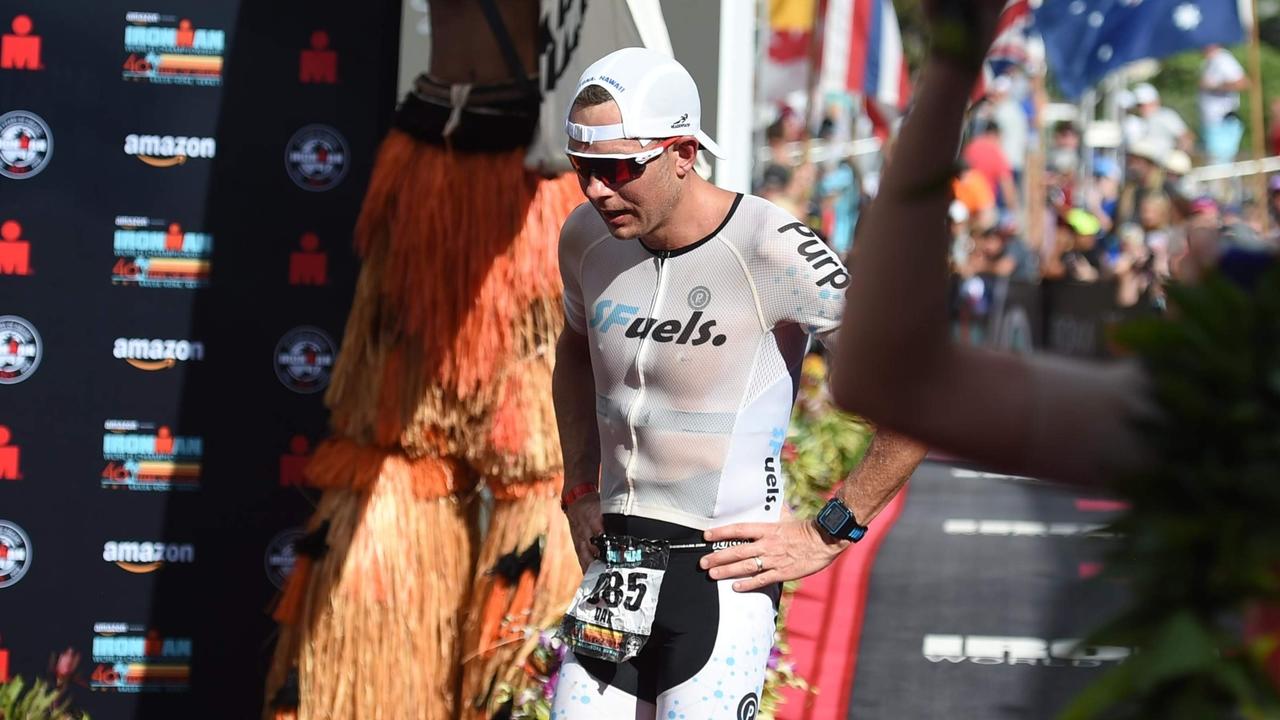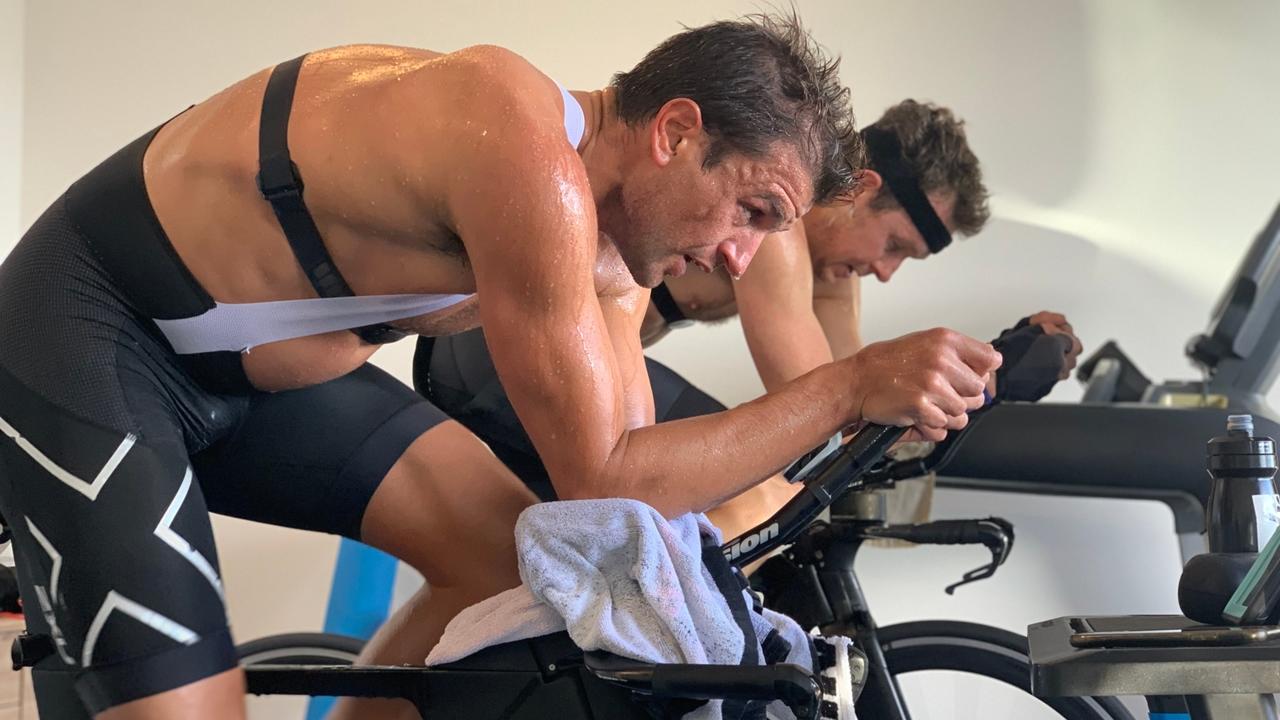Why low intensity training needs to be of low intensity

If any of you have listened to Dan’s chat with Triathlon Taren on his podcast recently, you would have heard him talk about the importance of getting your zone 2 intensity right and ensuring that level 2 endurance training is at the correct physiological stress, i.e. below the first ventilatory (or aerobic) threshold. The reasons that this is so important are both from an adaptation perspective (i.e. ensuring we are making the correct physiological adaptations), but also from an overall physiological stress, which effects our ability to train consistently well. This blog discusses why ensuring that your level 2 training is actually at level 2 could be the key to unlocking your ability to train consistently as you pursue your Long Distance Triathlon goals.
Indeed, one of the most important factors impacting the success of training for long-distance triathlon is intensity distribution and discipline, concepts we will cover in great detail in Endure IQ LDT102: Training Program Fundamenta...
HRV Guided Training: Maximizing your Training in the Last Phase of the Season

With the race season coming to a close, and the Ironman World Championships just around the corner, many athletes will be squeezing in as many key sessions as possible during this critical training period. But as we sit on a knife’s edge between training “too much” and “too little”, it’s useful to have some objective measurement to ensure we’re maximizing the adaptation from every training session we undertake.
Recently, I was fortunate enough to have contributed to a heart rate variability guided training study with lead author Alejandro Javaloyes (1). The study compared an eight-week cycling training programme prescribed according to either pre-defined block periodization (BP) or guided using heart rate variability (HRV). That is, subjects completed either a mixed programme set out in advance or a programme adjusted on a day-to-day basis via daily heart rate variability measurements using the smartphone application ‘HRV4Training’.
HRV is a measurement of the variability in the time...
